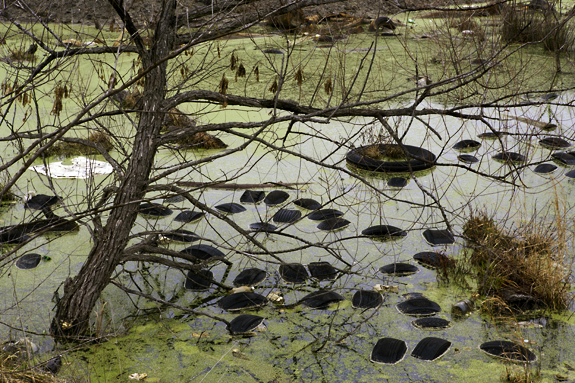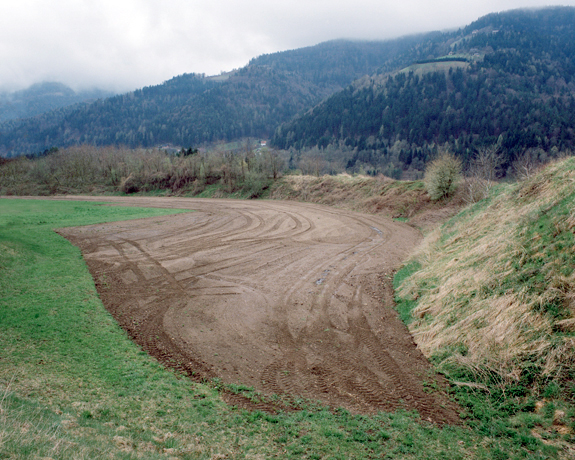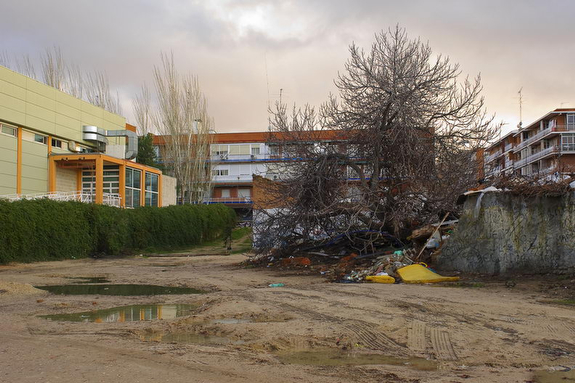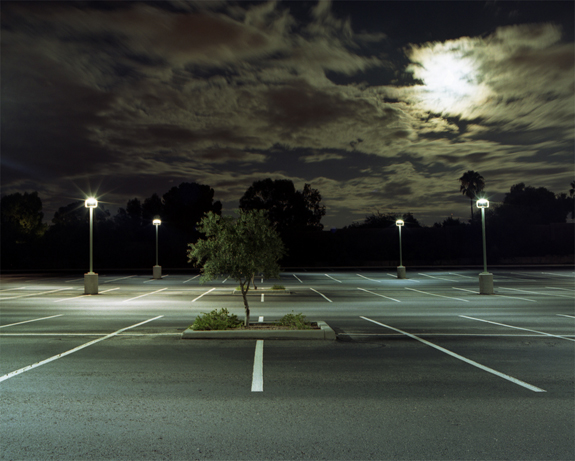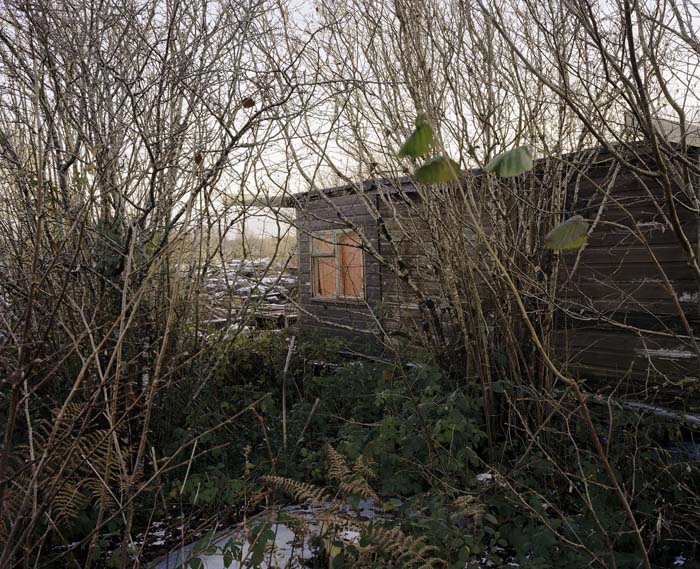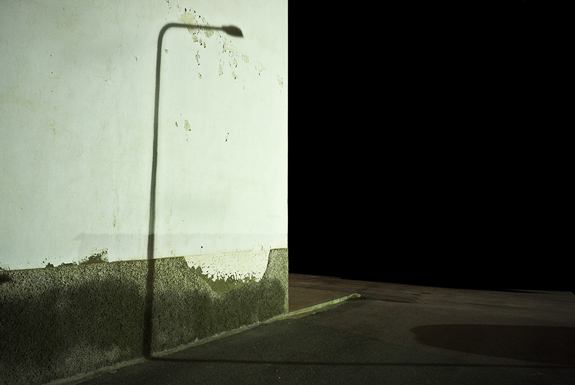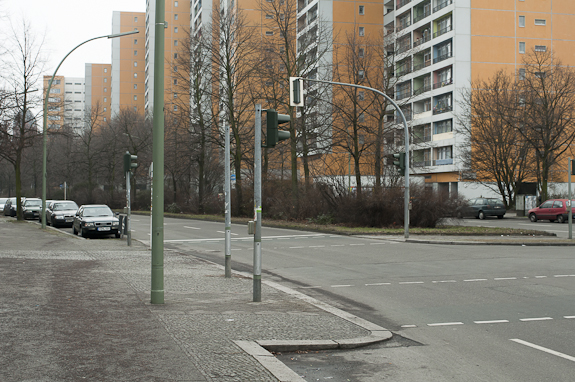
I traveled to Berlin for the first time without any preconceived ideas and little literary or film references of the city: Wenders, Fassbinder, Tresor techno music and Bpitch Control and a novel that marked my childhood, Christina H.
During our stay, we decided to enlist the help of a guide, Alex, who worked as a guide only on weekends. We found out that he was a recognized painter from Girona and an expert of the city and its culture.
It was the 20th anniversary of the fall of the Berlin Wall and I found a city which was still divided and full of scars from its agitated past. But I also found a city full of life and new ideas, full of people who “do things.”
— Isra Cubillo, A Coruña, Spain
